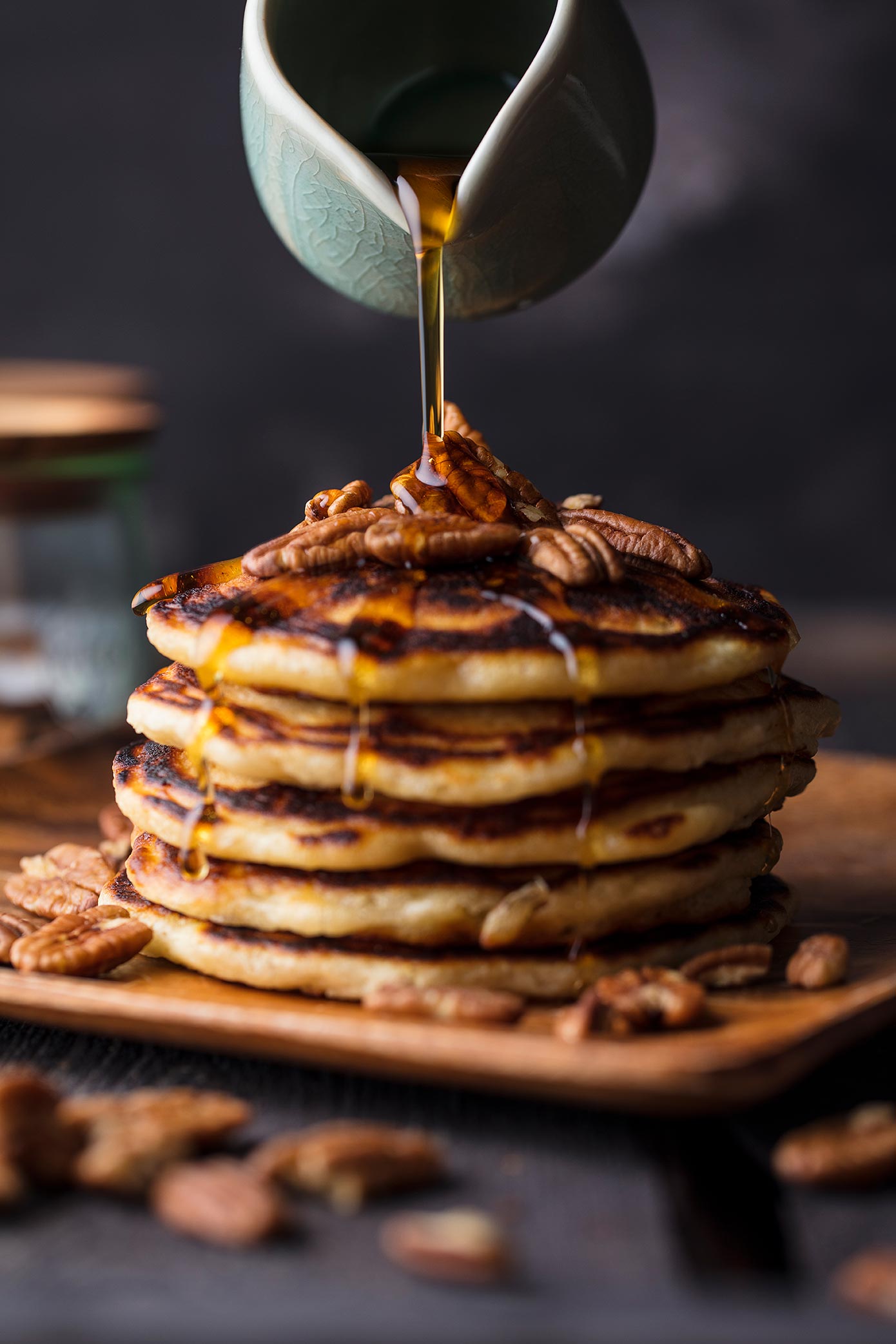ABCDou Insights
Exploring the world of news, trends, and information.
Snap It Like A Foodie: Elevate Your Plate Game
Transform your meals into Instagram-worthy art! Discover tips to elevate your plate game and impress your foodie friends.
10 Tips to Capture the Perfect Food Photo
Capturing the perfect food photo requires a blend of technical skill and artistic vision. Lighting is one of the most crucial elements; natural light often produces the best results. Aim to shoot near a window during the day to take advantage of soft, diffused light. Additionally, consider the composition of your shot. Use the rule of thirds to arrange elements within the frame, creating a balanced and inviting image. Remember to pay attention to the background; a clean or textured surface can enhance your food's visual appeal.
Editing is the finishing touch that can elevate your food photography from good to stunning. Utilize editing software or apps for simple adjustments, such as brightness, contrast, and saturation. Furthermore, experiment with filters to create a consistent look across your photos. If you're looking for inspiration, various resources like Digital Photography School offer extensive tips to refine your editing technique. Remember, the goal is to make your food look as delicious as it is in real life!

The Essential Guide to Food Styling: Make Your Dishes Shine
Food styling is an art that transcends mere presentation; it transforms your culinary creations into visual masterpieces that can entice both the eye and the palate. To get started, consider these essential tips: first, pay attention to color. Arrange your ingredients to provide a vibrant contrast, as it not only makes your dish more appealing but also enhances the overall experience. Next, focus on texture by mixing different components—creamy sauces, crunchy toppings, and glossy finishes can bring depth and interest to your plate. Don’t forget to layer your elements; using height in your arrangement creates a dynamic look that draws the viewer in. For more in-depth guidance, explore Food & Wine's food styling tips.
Another crucial aspect of food styling is the choice of props and backgrounds. Opt for plates and utensils that complement your dish without overshadowing it. Simple white dishes can provide a clean backdrop, while textured surfaces like wood or marble can add warmth. Always style your food in natural light whenever possible, as it enhances colors and textures beautifully. Lastly, remember that less is often more; avoid overcrowding your plate to let each element shine. For additional inspiration, check out The Kitchn's styling techniques and elevate your plating game.
What Are the Best Lighting Techniques for Food Photography?
When it comes to food photography, mastering lighting techniques is crucial for capturing mouthwatering images that make your dishes stand out. Natural light is often considered the best option for food photography, as it brings out the textures and vibrant colors of your ingredients. Set up your shooting area near a window where you can take advantage of soft, diffused daylight. To enhance this effect, consider using a sheer curtain or a white reflector to soften harsh shadows. For more detailed insights, check out Food Photography Academy.
If you find yourself shooting indoors or during low-light conditions, you may need to experiment with artificial lighting. One effective technique is to use continuous lights, like softboxes or LED panels, which can create a consistent, even light source. Position your lights at a 45-degree angle from your subject to mimic the natural light effect. Additionally, bouncing light off a white wall or reflector can help eliminate unwanted shadows while adding a warm glow to your food. For more tips on using artificial lighting effectively, refer to The Photo Argus.